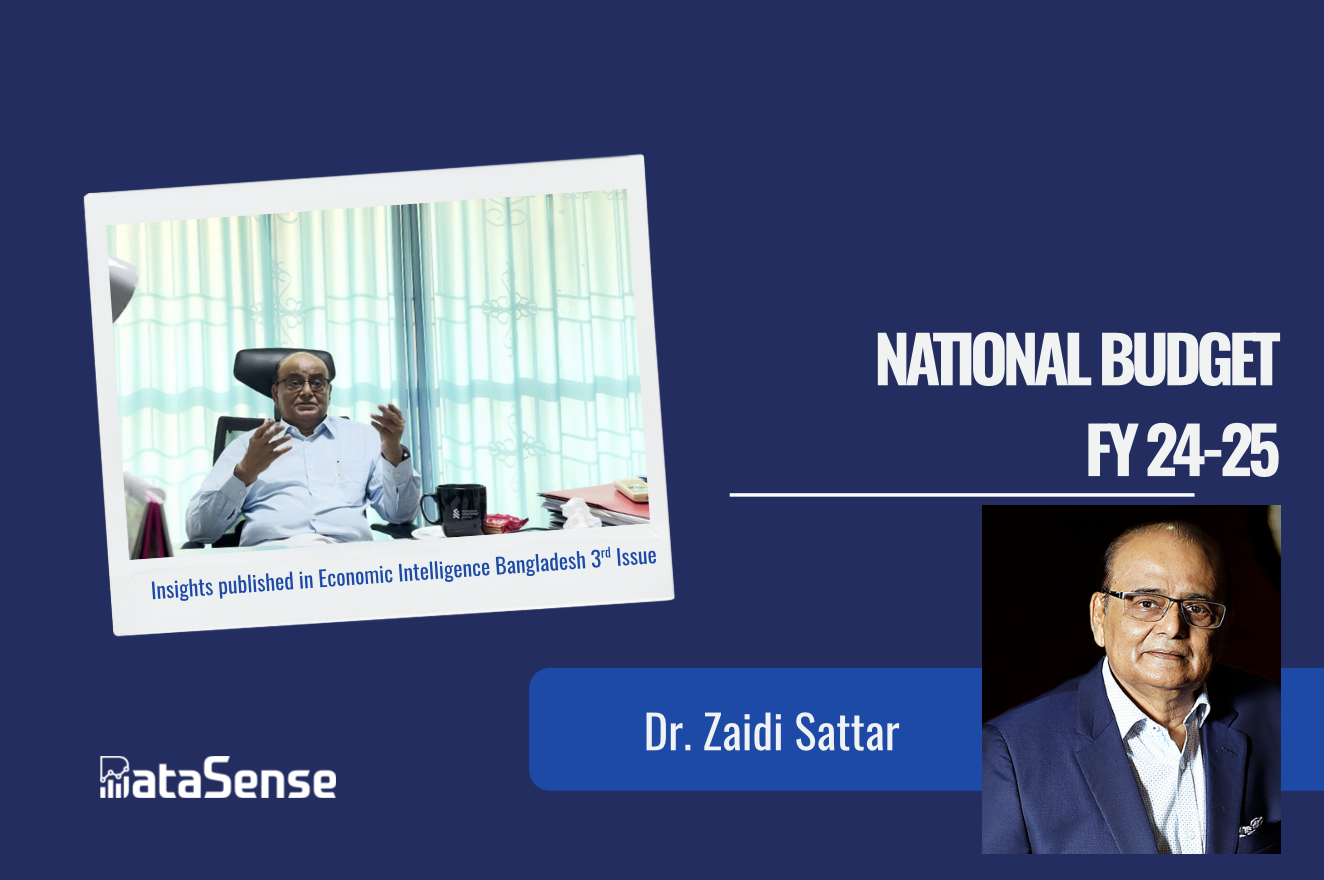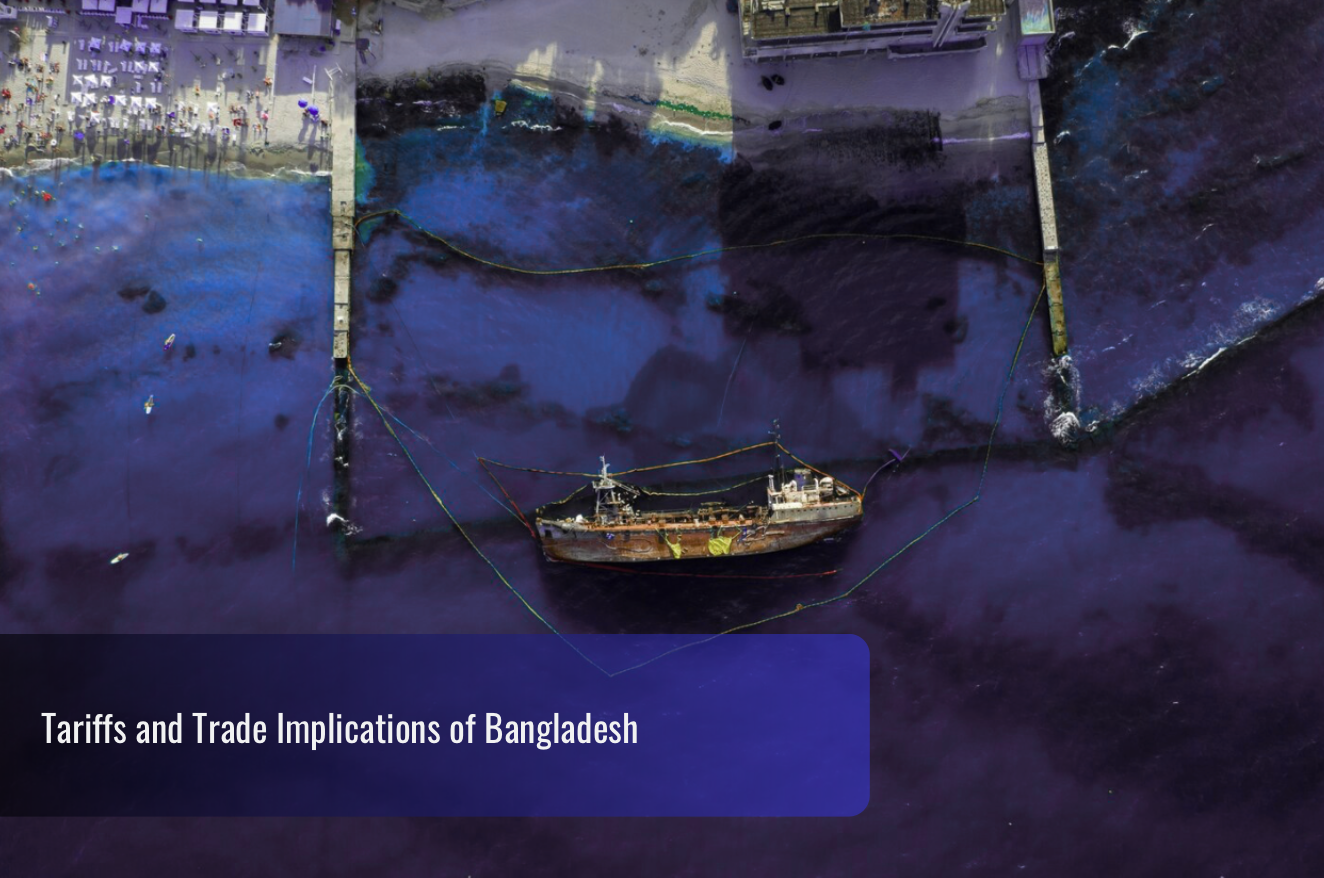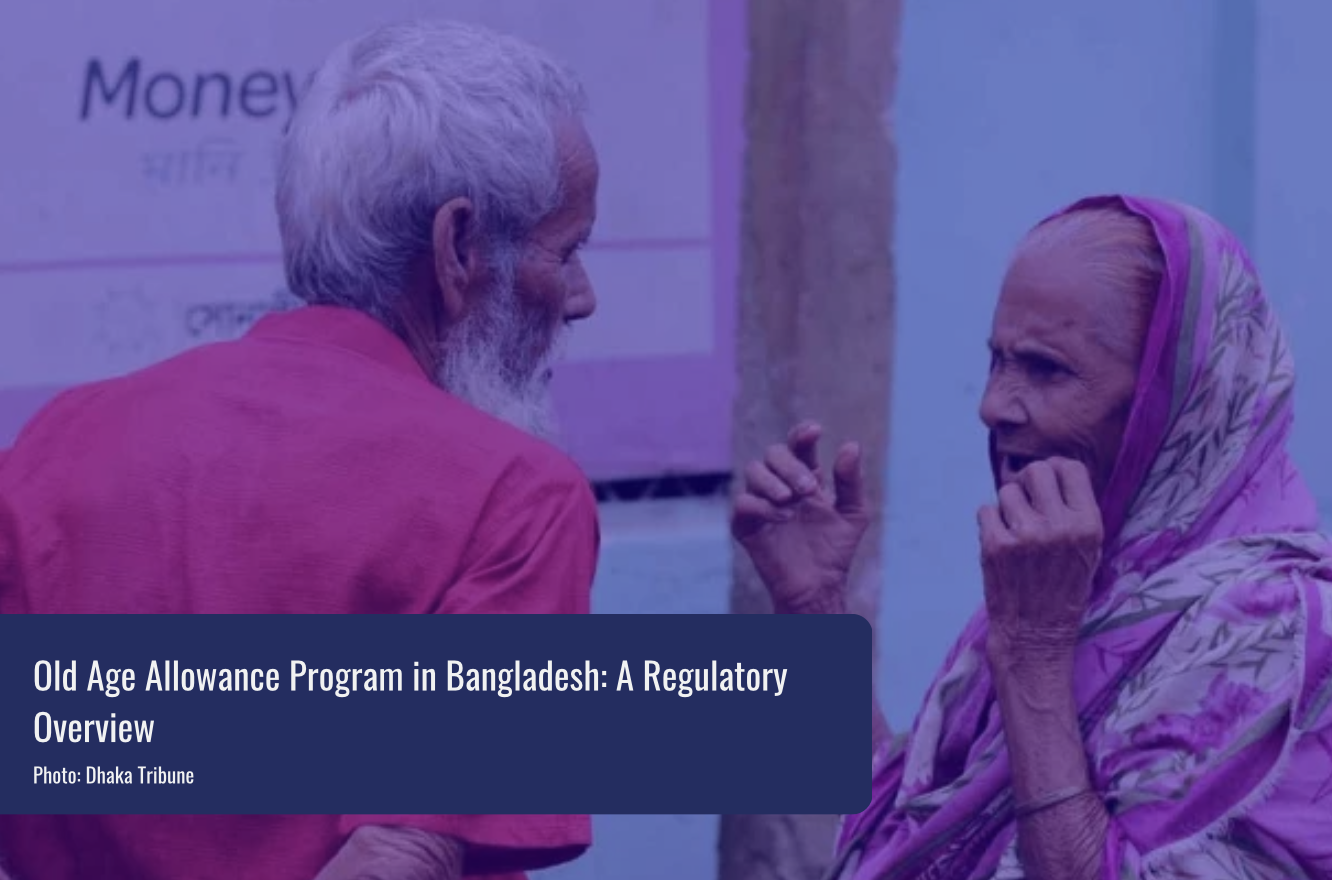DataSense interviewed Dr. Zaidi Sattar, Economist and Chairman, Policy Research Institute (PRI) of Bangladesh, to discuss the critical strategies the National Budget for Fiscal Year (FY) 2024-25 must adopt to stabilize the economy and pave the way for sustainable future growth.
Dr. Sattar divides the economic challenges into two categories: the broader health of the economy and the specific fiscal strategy required within the budget.
The Three Pillars of the Bangladeshi Economy
Before addressing the budget itself, Dr. Sattar notes the importance of ensuring the continued strength of the three strategic pillars of the economy:
- Exports: Primarily Ready-Made Garments (RMG).
- Remittances: Foreign earnings from migrant workers.
- Agriculture: Though its GDP share is now about 11%, it remains critical for food security and is still the largest employer in the country.
Top 3 Fiscal Challenges for the FY 2024-25 Budget
The primary challenge for the upcoming budget is to support the recent necessary policy shifts—like flexible exchange rates and removal of interest rate caps—while operating under severe constraints.
1. Restoring Macroeconomic Stability (The Overarching Goal)
After nearly 25 years of reasonable stability, recent global and domestic shocks have disturbed the macroeconomic stability cart. The budget must be a tool to restore confidence and support the restrictive monetary managementadopted by the central bank.
2. Inflation Containment
Inflation, currently soaring near 10%, acts as a regressive tax that disproportionately hurts the poor and fixed-income population.
- Diagnosis: Inflation in Bangladesh is not purely demand-pull. It is a combination of cost-push factors (global supply shocks) and the depreciation shock (the depreciation over the past two years, which is estimated to account for roughly of inflation).
- Budgetary Role: The budget must ensure its expenditures and deficit financing methods do not aggravate inflationary pressures.
3. Restoring External Balance
The budget must support strategies to stabilize the external sector, which means managing the Balance of Payments (BoP) and safeguarding Foreign Exchange (FX) reserves.
- The government must allow imports to respond to market forces by loosening up controls, which have hurt industrial production and overall GDP growth.
- Budget expenditures should be frugal, avoiding projects that require large amounts of foreign exchange unless external, concessional funding is already secured.
Budgetary Strategies and Remedies
To meet these challenges, the budget for FY 2024-25 will require a smaller, highly disciplined approach.
The Imperative for Trade and Tariff Reform
The budget must take radical steps to prepare for LDC Graduation in November 2026 and revitalize export diversification.
- Tariff Rationalization: The current protective tariff structure disincentivizes exports by making domestic sales far more profitable (e.g., in sectors like footwear). This protective structure is a “quagmire” that has stalled export diversification outside of RMG. The new National Tariff Policy 2023 must be aggressively implemented.
- WTO Compliance: The budget for FY 2024-25 is one of the last opportunities to rationalize WTO non-compliant tariffs (like certain supplementary duties) and end direct cash export subsidies. Failure to comply risks facing anti-dumping and countervailing duties from trading partners.
This content was originally published in Economic Intelligence Bangladesh’s 3rd Issue.





